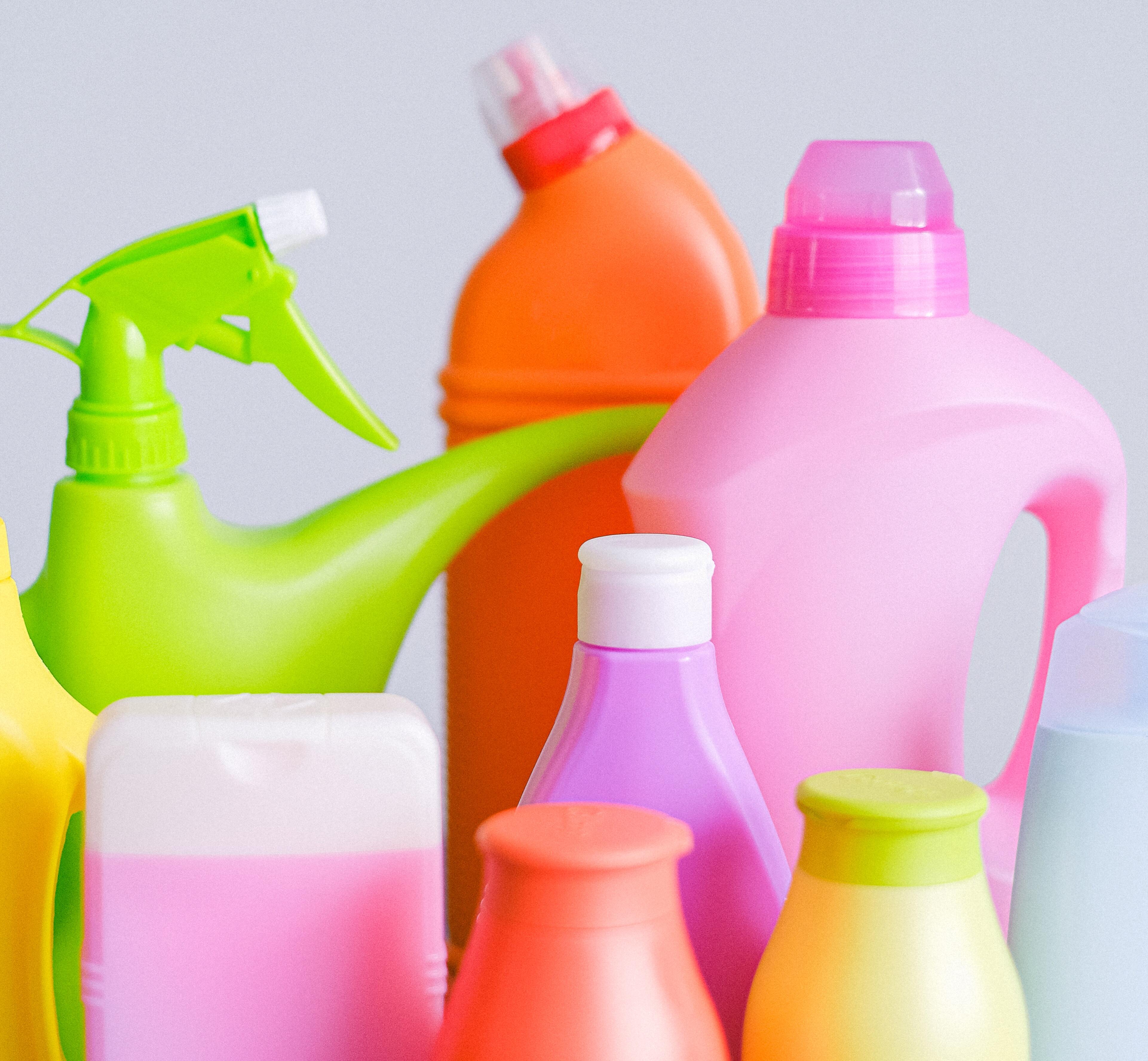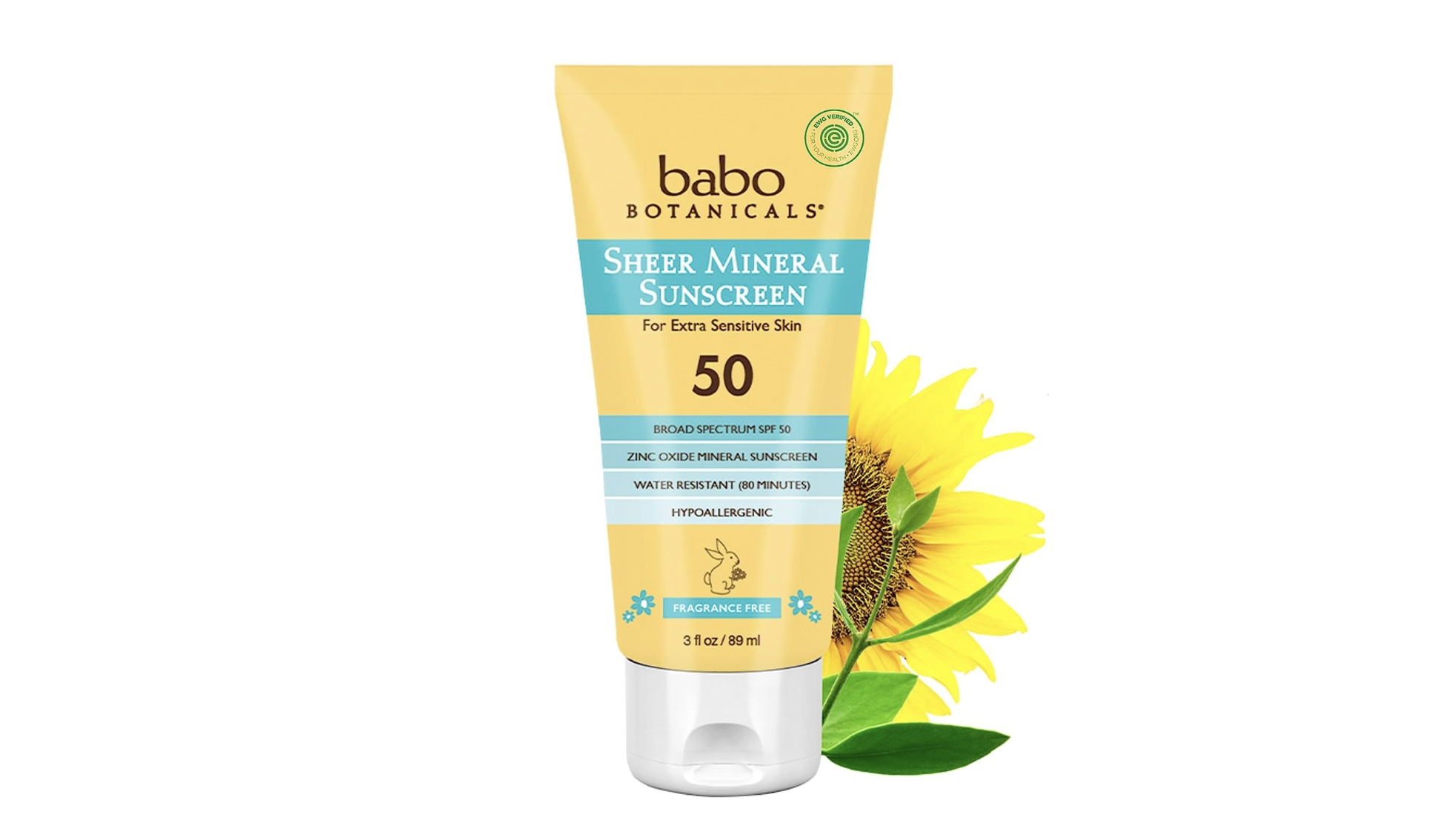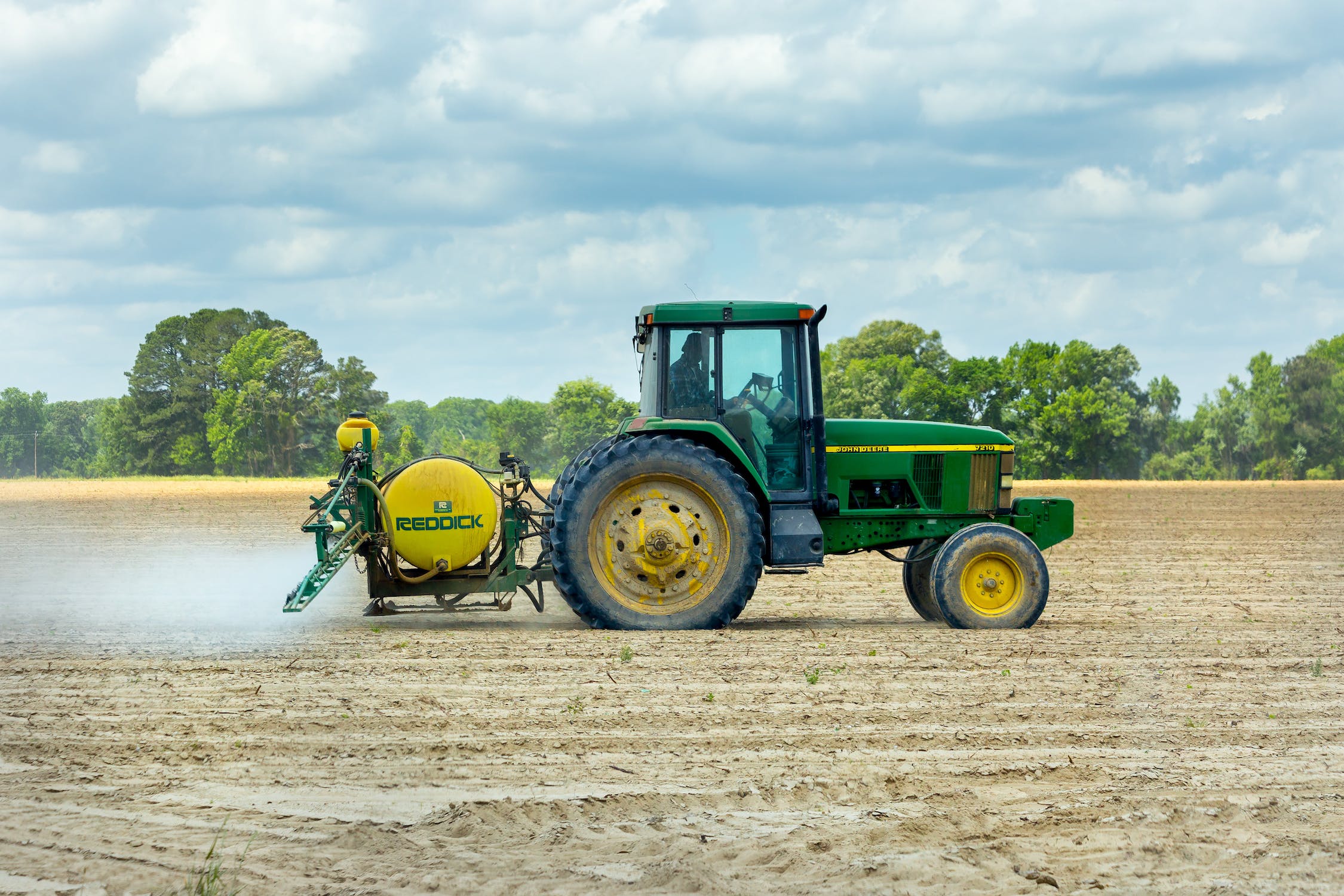As we approach the 2023 SEPAWA Congress that will take place on October 25th-27th, it's only appropriate we take time to look at the European Commission's regulation on detergents: EC No 648/2004. In this blog, we will provide an overview of the regulation, guidance on implementation, and examine the specific biodegradability requirements in depth.
Why Biodegradable Soap is Becoming More Popular
Soap is a staple in our daily lives, but did you know that many soaps found in the market today can have a negative impact on the environment? That's because many soaps are made with ingredients to boost their fragrance, color, or foaming capability. These added ingredients can take many years to break down in select environments. This can lead to pollution of waterways and the formation of harmful algae blooms.
Enter biodegradable soap. Biodegradable soap is made from ingredients that are able to be broken down by bacteria and other living organisms in a much shorter period of time. While the entire carbon footprint of each product (ingredient sourcing, land use, water use, packaging, etc.) still needs to be taken into consideration, biodegradable soap certainly has a higher likelihood of being the more environmentally friendly option. Due to this, it is no surprise that consumer preferences and regulatory bodies have begun to favor soap that can breakdown easily in the environment and is sustainably sourced/packaged. In fact, the entire organic soap market is expected to rise to $383 million by 2025.
Obtaining the Blue Angel Label on Airfield Movement Area De-icers
The Blue Angel ecolabel, also known as the German Ecolabel, is a internationally recognized label that denotes environmentally friendliness for a wide range of products. When it was developed in 1978 by Germany's Department of the Environment, it became the first of its kind in the world. 55 years later, it has become one of the most well-known ecolabels worldwide and continues to set the standard for eco-friendly products and services. Individual consumers and organizational purchasers recognize this symbol as a beacon that highlights ecologically superior products and promotes environmentally conscious consumption. One of the product categories that is covered under the Blue Angel label is Movement Area De-icers for airfields. The basic requirements cover biodegradability, chemical oxygen demand, limitations on ingredients, exclusion of substances, wastewater toxicity, fitness for use, and other elements; however, we will shine light on the biodegradability requirements specifically in this article.
EU Ecolabel Criteria for Cosmetic Products and Animal Care Products
The European Union ecolabel has been a mark recognized worldwide for over 30 years due to its ability to certify a product's low ecological impact. Looking back at its origin, the EU ecolabel was first established in 1992, which came a mere 14 years after the very first Blue Angel ecolabel released by the German government.
In late 2021, the EU implemented a significant change for the ecolabel criteria in cosmetics and animal care products. The largest changes come around the ecotoxicity and biodegradability requirements for the aforementioned product categories. Below, we will go into additional detail defining what these product groups are and the specific criterion to be awarded the EU ecolabel.
Throughout this blog, we will focus mainly on the specific criteria related to biodegradability rather than ecotoxicity.
Sustainable Sunscreen Testing for Babo Botanicals
Developing sustainable personal care products can be an extremely time-intensive, expensive process. It can become even more complicated when you add in the ambiguous regulations that are being put into place regarding environmental friendliness. Whether your brand has been committed to sustainability for decades or you are in the process of developing your first biodegradable product, we can help. One example of this is our work with Babo Botanicals.
Since 2010, Babo Botanicals has been innovating at the forefront of sustainable personal care products and has become a well-respected, trusted brand due to this leadership. They once again demonstrated leadership by voluntarily testing the biodegradability of their mineral sunscreen. Babo Botanicals even went one step farther and published the results of their biodegradability testing on their blog to show the biodegradability levels of their sunscreen.
Understanding EPA Biodegradability Label Statements on Pesticides
The agrochemical industry is an enormous sector that has faced consistent scrutiny for the previous decade. Now, there are many regulations regarding the development of agrochemicals; however, these stringent regulations are in place for good reason. Agrochemicals can lead to the contamination of ground and surface water sources, subsequently, they can be detrimental to the survival of aquatic biodiversity. Pesticides are an example of one specific group of agrochemicals that has seen intense scrutiny.
Due to this, pesticide and pesticide ingredient manufacturers continue to look for ways to certify that their products are environmentally friendly. One way they can do this is by getting their product certified through the Environmental Protection Agency (EPA).
California Introduces Sustainable Packaging Legislation
It should not be surprising to anyone that regulatory agencies around the world have recently begun implementing stricter sustainability legislation. In fact, right now, packaging waste alone can account for up to 25% of what is placed into landfills. A recent, direct attempt to combat this packaging dilemma comes from California. Gavin Newsom, California's Governor, recently signed a monumental piece of legislation into place taking affirmative action against ecosystem-harming plastics. This legislation aims to solve our plastic waste problem at its source rather than simply put policies in place to try to mitigate the aftermath that stems from introducing massive amounts of non-recyclable and non-compostable packaging into the environment.
What is Biodegradation
This blog is intended to provide a simple, easy to understand overview of biodegradation for everyone. Whether it is your first time learning about biodegradation, or you are just looking to refresh your understanding of the topic, we hope this advances your knowledge of biodegradation.
Docusaurus project for building a documentation site
This blog shows you step by step process of building a documentation site using the open-source frame Docusaurus.
Get Chemical SMILES Strings Based on CAS Numbers or Names
Here we have a few sets of codes that you can use to find chemical SMILES strings (structures) if you already know the CAS numbers or the names of your chemicals. Although there are many sources available for us to get SMILES strings, mostly they will not cover all your chemicals if you have a lot. In such cases, checking multiple sources/databases becomes necessary.
This tutorial has also been uploaded in our GitHub page at: https://github.com/Aropha/get-chemical-smiles-by-cas-or-name, where you can also download additional files for your needs.







